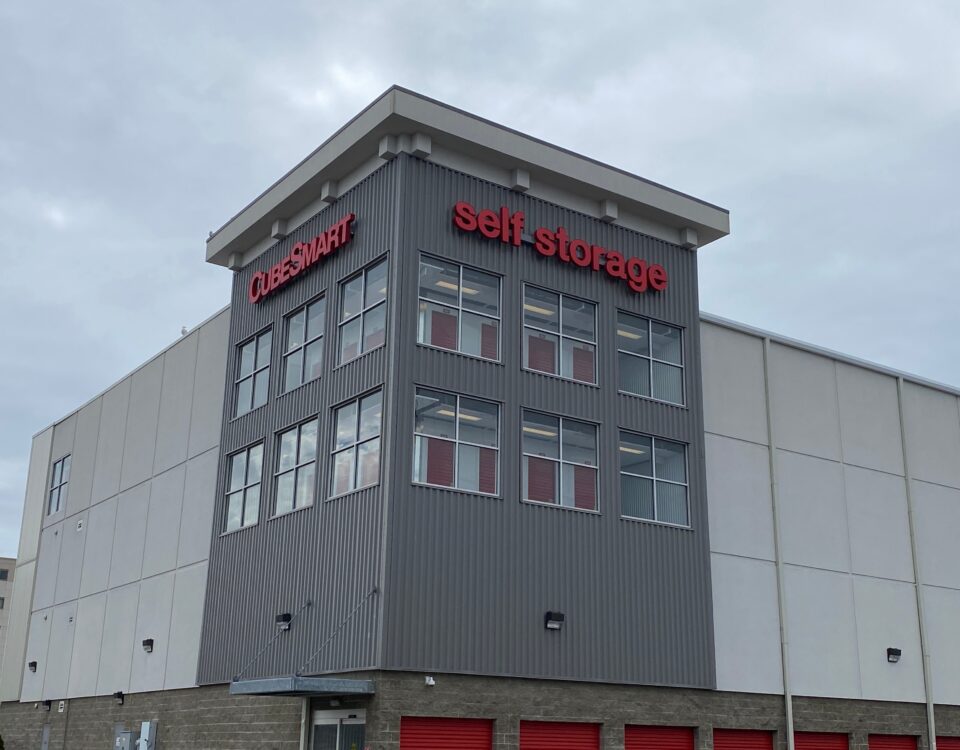
How Capital Market Characteristics Can Favor Private Markets
September 27, 2023
Meet Brian Walter, Co-Founder and Managing Partner at Fairbridge Asset Management
December 12, 2023Why are some private bridge lenders able to generate stable, consistent returns and others have a more scattershot track record? For investors, the answer to that question is crucially important. Here we look at four common bridge lending levers and how mistakes in any one can put an investment in precarious territory, while a healthy respect for them can minimize risks.
Lever 1: Leverage
There are financial products that depend on the heavy use of leverage to generate returns. Bridge lending shouldn’t be one of them. Too much leverage is the path to higher default rates. Real estate types, classes, and geographies all go through cycles – and no one’s crystal ball is perfect about predicting when a form of real estate will take a hard downturn. Moderate use of leverage allows lenders to avoid default and investors to weather swings in value, until there’s a rebound.
One need only look at 2008 when highly leveraged bridge lenders saw some of their properties’ values decline by 40%. In violation of their leverage providers’ covenants, they were deemed in default and had to sell their properties at a steep loss to repay the money. If they had been able to stay out of default and hold the property for just a few years until its price rebounded, there would have been no loss.
Leverage can force you to sell just when you don’t want to; you no longer control timing and invite greater volatility in returns. Bridge lenders who use moderate leverage are able to work through situations, avoid losses, and better protect investors’ interests.
Lever 2: Loan to value (LTV)
Like high leverage, high LTV puts major stress on the bridge lender. When a lender lends at 80% LTV, they run the risk that if a loan defaults, they have to take possession and their capital coverage becomes severely impaired. There’s no wiggle room, there’s no interest being paid, and time is of the essence. Knowing the risks, why would a bridge lender even consider an 80% LTV? In many instances, it can come down to the desire to win a deal, and where emotion (or hopeful thinking) can overrule logic.
Defaults are part of lending; that’s part of the risk and reward. A bridge lender that takes a more prudent approach, starting with lower basis and creating room between the loan amount and the value of an asset (say 60% LTV) could still be financially secure even in the face of declining real estate values. An LTV cushion enables a bridge lender to be creative, work through situations, give the borrower time, and avoid losses.
Lever 3: Asset type
Giving a loan for a project without taking asset type and its context into consideration can be a recipe for high risk. What works well in one geographic area doesn’t necessarily translate into success in another locale. Lenders have to think not only about loan risk, but whether they are also exposing themselves to operational or business risk. Losses occur when a business model doesn’t work out, and a property needs to be retrofitted for another use. Coworking spaces were once the darling of investments, until they weren’t. Now all those properties need to be retrofitted.
There’s an endless list of asset types that on paper sounded strong, but once you unpeel the onion, can introduce more risk than anticipated. Self-storage may sound fine, but in a saturated area could be a mistake. A Class A rental building in an upcoming area could generate income unless the high-end renters never materialize for the neighborhood. An RV park could expect high occupancy unless it’s in an area where there’s no need. Large industrial ghost kitchens for delivery/take-out may work around college campuses, but not everywhere.
From an investor standpoint, what kinds of asset types have staying power, and therefore potentially lower risk? Residential rental units, for one. For the most part, residential rentals have higher liquidity, more consistent occupancy, and are easier to value. Digging deeper into this category, Class B and workforce housing can look even more appealing. Affordable housing is an issue in the U.S. Whereas there may be plenty of high-end rentals (some may even say a glut), workforce housing has both a shortage of units and more solid underpinnings. Depending on economic winds, Class A residents can move down to Class B and Class C move up to B. The net result is that B is the most consistently occupied.
Lever 4: Location
The real estate adage of location, location, location is what can separate winning investments from defaults. A lender could finance an asset in an upcoming area, but it ends up not turning. Even worse, a developer could have paid a premium for the location and a lender could have loaned too much against it, only to see the area suddenly and expectedly turned cold. Think of the Amazon headquarters that was proposed for Queens, NY and was withdrawn due to community backlash. Or the several cases across the US of buying up parcels for housing in anticipation of a new medical center that never happens. Just like you can be too late to an area, you can also be too early.
Location encompasses a host of nuanced factors from finding out there’s an issue with the property to timing. Boots-on-the ground intelligence and on-site meetings should be part of every lender’s risk mitigation strategy.
Get it right
One of the best ways to minimize investment risk is to recognize where mistakes can happen and take measures to avoid them. At Fairbridge, we take a thoughtful, institutional approach to bridge lending to mitigate risk. To find out more about our philosophy, visit fairbridgellc.com.


































